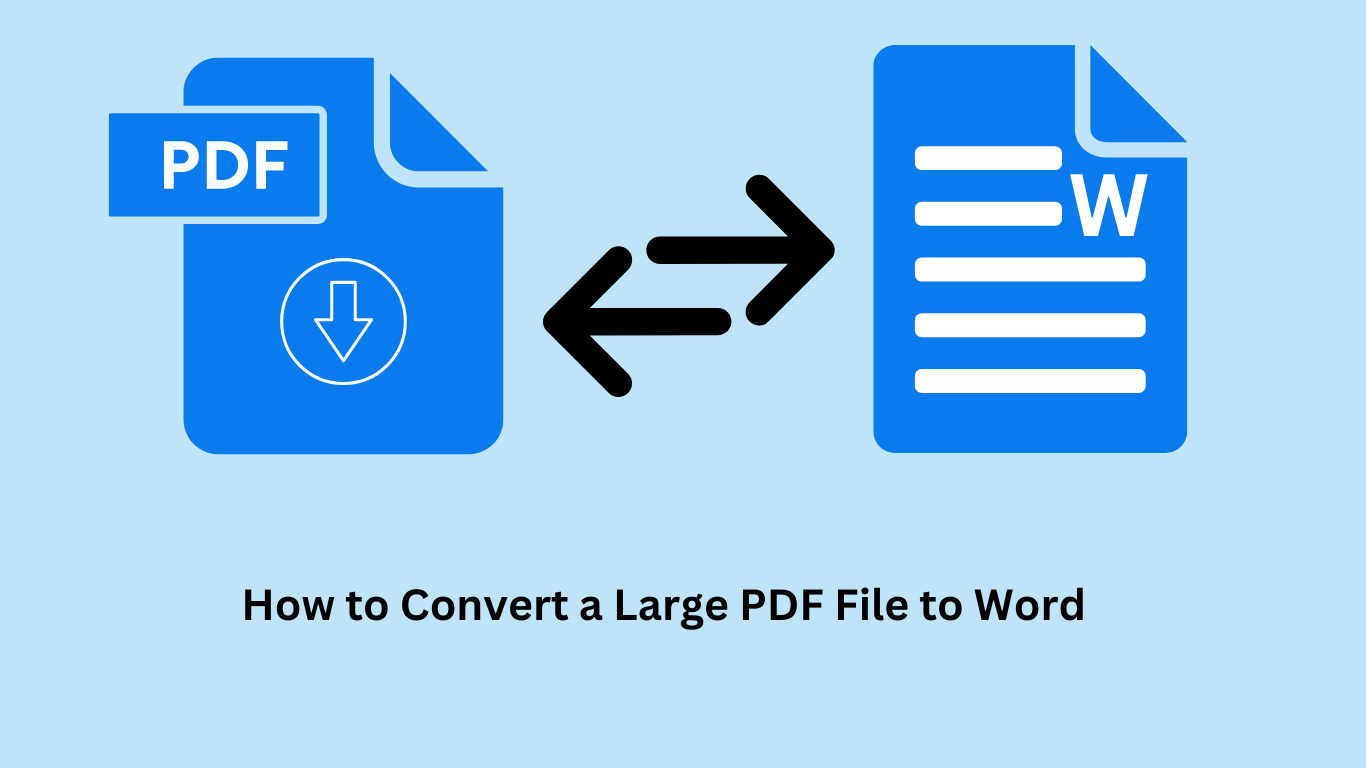CSV to HTML Converter
In the realm of data management and web development, the ability to convert CSV (Comma-Separated Values) files to HTML (Hypertext Markup Language) is an essential skill. CSV files are commonly used for storing and exchanging data in a structured format, while HTML is the standard language for creating and presenting content on the web. This article provides a comprehensive guide to understanding and using CSV to HTML converters, including their significance, benefits, processes, and practical applications.
What is CSV?
CSV, or Comma-Separated Values, is a file format used to store tabular data in plain text. Each line of a CSV file corresponds to a row in the table, and each value within a line is separated by a comma. This format is widely used for its simplicity and ease of use, making it an ideal choice for data exchange and storage.
Here is an example of a simple CSV file:
Name, Age, Occupation Alice, 30, Engineer Bob, 25, Designer Charlie, 35, Teacher
In this CSV file, the first line contains the column headers ("Name", "Age", "Occupation"), and the subsequent lines contain the data values. Each field is separated by a comma, and each line represents a record.
What is HTML?
HTML, or Hypertext Markup Language, is the standard language used to create and structure content on the web. It consists of various elements and tags that define the structure and layout of web pages. HTML is used to present text, images, tables, and other multimedia content in a web browser.
For example, a simple HTML table might look like this:
| Name | Age | Occupation |
|---|---|---|
| Alice | 30 | Engineer |
| Bob | 25 | Designer |
| Charlie | 35 | Teacher |
In this HTML table, the `
| ` tags define header cells, and ` | ` tags define data cells.
Why Convert CSV to HTML?Converting CSV data to HTML format offers several advantages, particularly in the context of web development and data presentation:
The CSV to HTML Conversion ProcessThe process of converting CSV data to HTML involves several key steps: 1. Reading CSV DataThe first step in the conversion process is to read the CSV data. This involves parsing the CSV file and extracting the data values. CSV files are typically read line by line, with each line representing a row in the table. The values within each line are separated by commas. For example, given the CSV file: Name, Age, Occupation Alice, 30, Engineer Bob, 25, Designer Charlie, 35, Teacher The data is read and processed as follows:
2. Creating HTML Table StructureOnce the CSV data is read, the next step is to create the HTML table structure. This involves generating HTML tags to represent the table, rows, and cells. The general structure of an HTML table includes:
For the given CSV data, the corresponding HTML table would be:
3. Formatting HTML TableAfter creating the HTML table structure, you can format the table to enhance its appearance. This includes adding styles, borders, and alignment options. While this step is not part of the basic conversion process, it is essential for creating visually appealing data presentations. For example, you might use CSS to add borders and background colors to the table: Practical Applications of CSV to HTML ConversionCSV to HTML conversion is widely used in various domains:
Tools and Resources for CSV to HTML ConversionSeveral tools and resources can assist with CSV to HTML conversion: Online ConvertersOnline CSV to HTML converters provide a convenient way to perform conversions without manual coding. Users can upload a CSV file and obtain the corresponding HTML table quickly using these tools. Programming LanguagesMany programming languages offer libraries or functions for converting CSV data to HTML:
ConclusionConverting CSV data to HTML format is a valuable skill for data management and web development. It enables the presentation of tabular data in a web-friendly format, enhancing data visibility and accessibility. By understanding the conversion process and utilizing various tools and resources, you can effectively transform CSV data into structured HTML tables for diverse applications. Whether you are working on data reporting, visualization, or web applications, mastering CSV to HTML conversion will enhance your ability to present and interact with data in a meaningful way. As you become more proficient in this conversion process, you’ll find that it greatly improves your data handling capabilities and contributes to the creation of dynamic and engaging web content. Trending NewsConverter ToolsDeveloperSEO ToolsBookmarking ListConversioncalculatorBlogs Section |
|---|



.webp)





























































































































































































































































































































































































.png)













































.jpeg)




















































































































































































